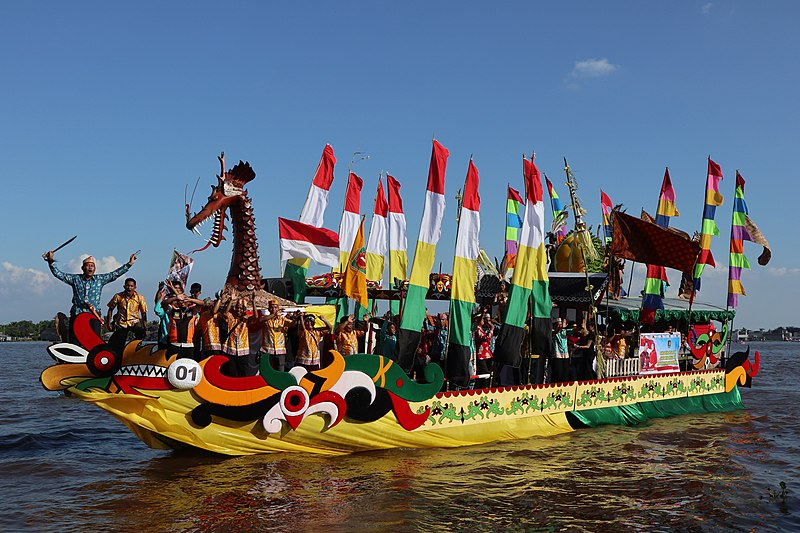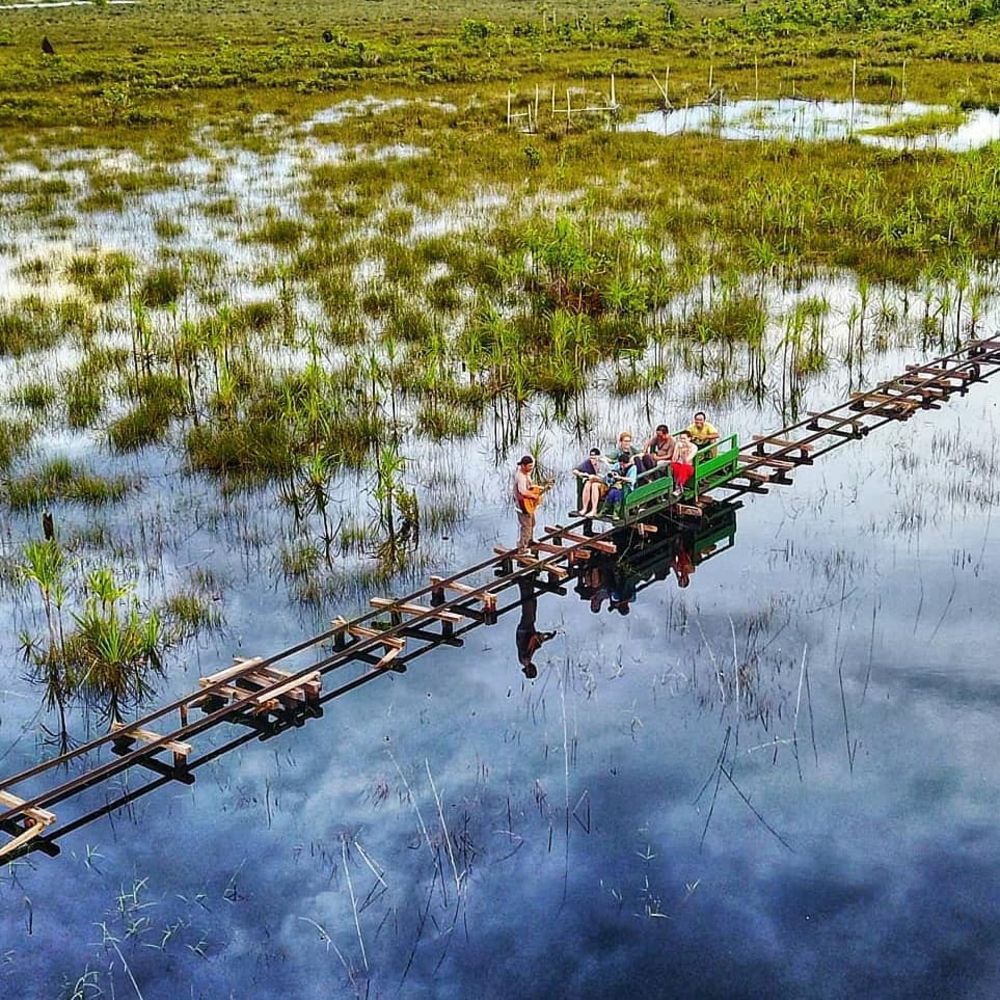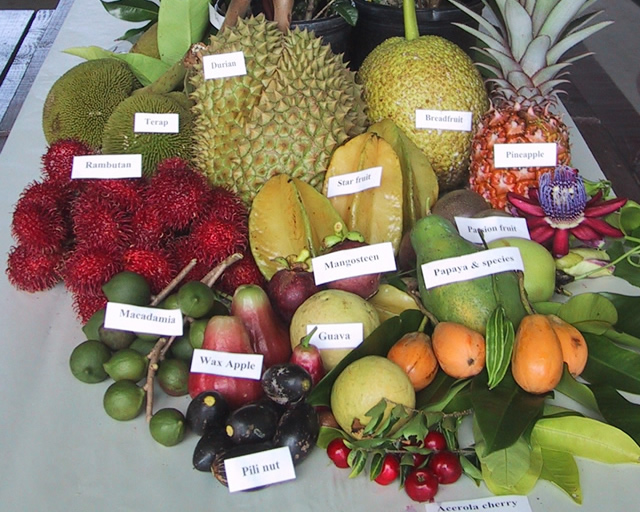“Let the fields be jubilant, and everything in them; let all the trees of the forest sing for joy.”
Psalm 96:12 (NIV)
“In all things of nature there is something of the marvelous.”
Aristotle (384 BC – 322 BC)
Palangkaraya with the view of the Kahayan River

1.0 Physical Geography
Palangkaraya stands as the central hub of Central Kalimantan, spanning an area of 2,687 km2—just a tad smaller than Paris but thrice the size of Jakarta.
Land Use:
The city’s landscape encompasses
- 2,485 km2 of lush forest,
- 12 km2 of fertile agricultural land,
- 45 km2 of vibrant settlements,
- 22 km2 of flourishing plantations,
- 42 km2 of meandering rivers, and
- 81 km2 dedicated to various other purposes.
- A significant portion is dedicated to forest reserves, with Mount Tangkiling offering a breathtaking panorama of the emerald jungle.
Population:
As of 2020, Palangkaraya City was home to 293,500 residents. Projections indicate a substantial increase to 1.1 million by the year 2050.
Distance:
Nestled in the heart of Kalimantan, Palangkaraya enjoys centrality, providing access to the Java Sea in the southern part of the region.
Distance from Palangkaraya to other capital and major cities in Borneo:
| City | km |
| Balikpapan | 339 |
| Bandar Sri Begawan | 796 |
| Banjarmasin | 144 |
| Kuching | 577 |
| Pontianak | 564 |
| Samarinda | 402 |
| Tarakan | 736 |
Maritime: Palangkaraya is surrounded by North, East, South, and West Kalimantan Province, with access to the Java Sea located at its southern end.
Tropical:
Situated at 2.2° south of the equator, Palangkaraya experiences a tropical rainforest climate with an annual rainfall of 2,598 mm and an average temperature of 27 °C.
Rivers:
The city is strategically positioned at the confluence of three rivers: the Kahayan River, the Rungan River, and the Sabangau River.
Soil:
In the southern part, the soil consists of peat and alluvial soil, while the northern region features red and yellow podsolic, podsol, and alluvial soils. Riverside areas are characterized by alluvial soil deposited by the rivers.
Attributes:
Palangkaraya boasts several notable attributes:
- Gateway to Central Kalimantan, a vast natural rainforest often referred to as the “lung of the world.”
- Recognized for its well-planned urban layout, rooted in its historical significance as Indonesia’s chosen new capital.
- Access point to the stunning Ujung Pandaran Beach, renowned for its golden sand, gentle waves, and crystal-clear waters of the Java Sea.
- Home to the Nyaru Menteng Rescue and Rehabilitation Center, the world’s largest primate rescue project for orangutans.
- Hosts Sebangau National Park, boasting the largest peat swamp forests in Borneo, spanning 568,700 hectares and providing a habitat for over 6,000 orangutans and a diverse range of flora and fauna.
Unique Attributes:
- Serves as the gateway to the interior of Borneo Island, characterized by sparse population and expansive landscapes intersected by numerous rivers.
- Heartland of the Dayaks, showcasing the cultural richness of the indigenous population.
2.0 History
Established: 1957
In the annals of history, the year 1957 marks the establishment of the Province of Central Kalimantan. A pivotal moment occurred in 1959 when the Parliament of the Republic of Indonesia enacted a law delineating the division of Central Kalimantan Province into 5 regencies, with Palangkaraya designated as the capital.
Cultural Tapestry:
Palangkaraya City stands as a mosaic of diverse cultures and ethnicities, proudly embracing Dayak, Banjarese, Javanese, Malay, Madurese, and Chinese communities.
Unique Attributes:
- Palangkaraya is a city with a relatively recent genesis, emerging as a central focal point in the heart of Central Kalimantan.
- The city, established in 1957, offers expansive land awaiting thoughtful development. This unique attribute positions Palangkaraya as a promising canvas for growth and progress in the region.
3.0 Economy
Palangkaraya’s Economic Landscape:
- Tourism:
- The Tangkiling forest reserve stands as a jewel, offering 2500 hectares of pristine natural rainforest and diverse wildlife habitats.
- Other tourist attractions include Lake Tahai, river cruises, and the enchanting Dayak longhouse villages.
- Industry:
- Tumenggung Tilung industrial area hosts various industrial activities, including timber mills, a rubber factory, and production facilities for wood, rattan, and other light industries.
- Airport:
- Tjilik Riwut Airport serves as a crucial gateway, capable of accommodating up to 0.8 million passengers annually.
- Agriculture:
- Palangkaraya thrives in agriculture, with major plantations of rubber, oil palm, coconut, and cashew nuts.
- Additionally, the region cultivates crops such as rice, cassava, corn, vegetables, and tropical fruits.
- Livestock:
- Livestock farming is a significant economic activity, encompassing cows, goats, swine, broilers, and ducks.
- Aquaculture:
- Vast expanses of land are allocated for aquaculture, with 6,000 hectares dedicated to ponds and 10,550 hectares reserved for aquaculture ventures.
Untapped Land Potential:
- The city boasts extensive and unexplored land, providing opportunities for the development of agriculture, aquaculture, and eco-tourism industries.
- This untapped potential positions Palangkaraya as a promising arena for ventures seeking growth and sustainability in these sectors.
4.0 Language
People in Palangkaraya mainly speak Malay and Dayak.
Common Languages:
- Malay: Widely used in government, business, and daily life.
- Dayak: Represents the indigenous language.
Unique Feature:
- Malay stands out as a practical language, facilitating communication across different areas like government, business, and local interactions.
- This linguistic common ground plays a crucial role in the city’s cohesion.
5.0 Investment Opportunities
5.1 New Migration:
With the population expected to grow from 0.27 million to 1.1 million in 30 years, new migration presents lucrative prospects. This influx will spur job creation, new business ventures, and attract foreign investment. The city’s expansion, reaching a radius of 15 km, will include southern districts like Mandomai and Kulakepaus.
5.2 Airport:
To accommodate the surge in eco-tourism and logistics, the existing airport will undergo expansion. By 2050, the upgraded facility aims to cater to 5 million visitors annually, focusing on transporting fisheries, vegetables, and tropical fruits to North Asia markets.
5.3 Tourism:
Anticipating 5 million visitors by 2050, tourism will be a key investment area. The focus lies on exploring the untapped wildlife and natural forests in Borneo’s hinterland. Potential destinations include eco-tourism in the jungle, cultural tours of Dayak habitats, wildlife expeditions, river cruises, and more. The tourism sector demands infrastructure development, presenting significant opportunities for foreign investments in hotels, restaurants, transportation, and related facilities.
5.4 Infrastructure:
Major investments in infrastructure include:
- Highway: New interstate highways connecting Kalimantan’s capital cities and international routes to Sabah, Sarawak, and Brunei.
- Rail: Expanding the trans-Borneo rail network for goods, services, and people.
- Water: Developing new water treatment plants to cater to the growing city population.
5.5 Special Economic Zones (SEZ):
- Food Processing: Palangkaraya will be a hub for food processing, targeting markets for rice, noodles, cassava, herbs, spices, tropical fruits, and fisheries products.
- Agriculture: Meeting domestic demands for crops like rice, corn, cassava, tropical fruits, and vegetables, with investments in livestock such as poultry, sow, cattle, and ducks.
- Tourism: Emphasizing tourism parks in the five major tourist destinations to build international branding and attract investment.



